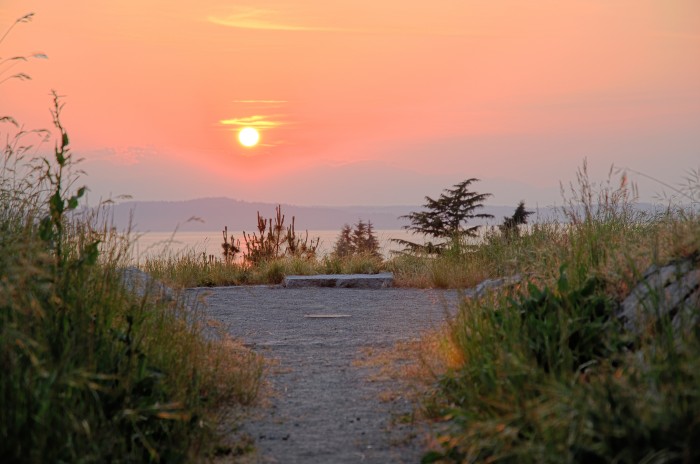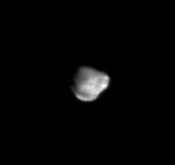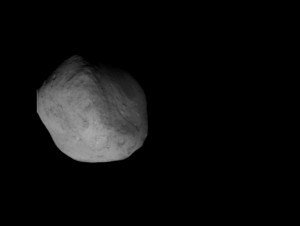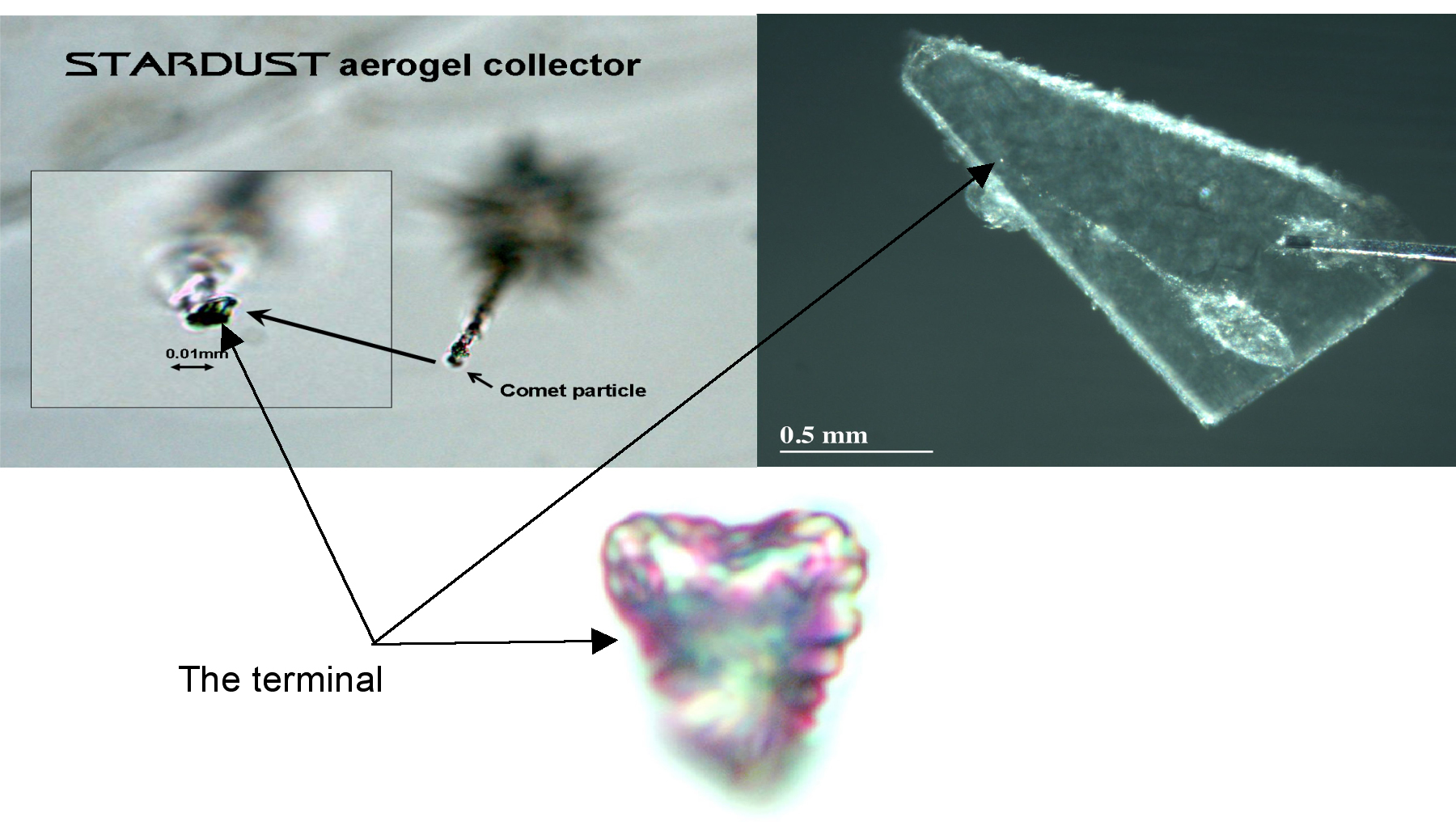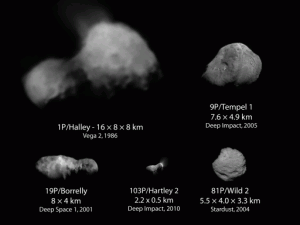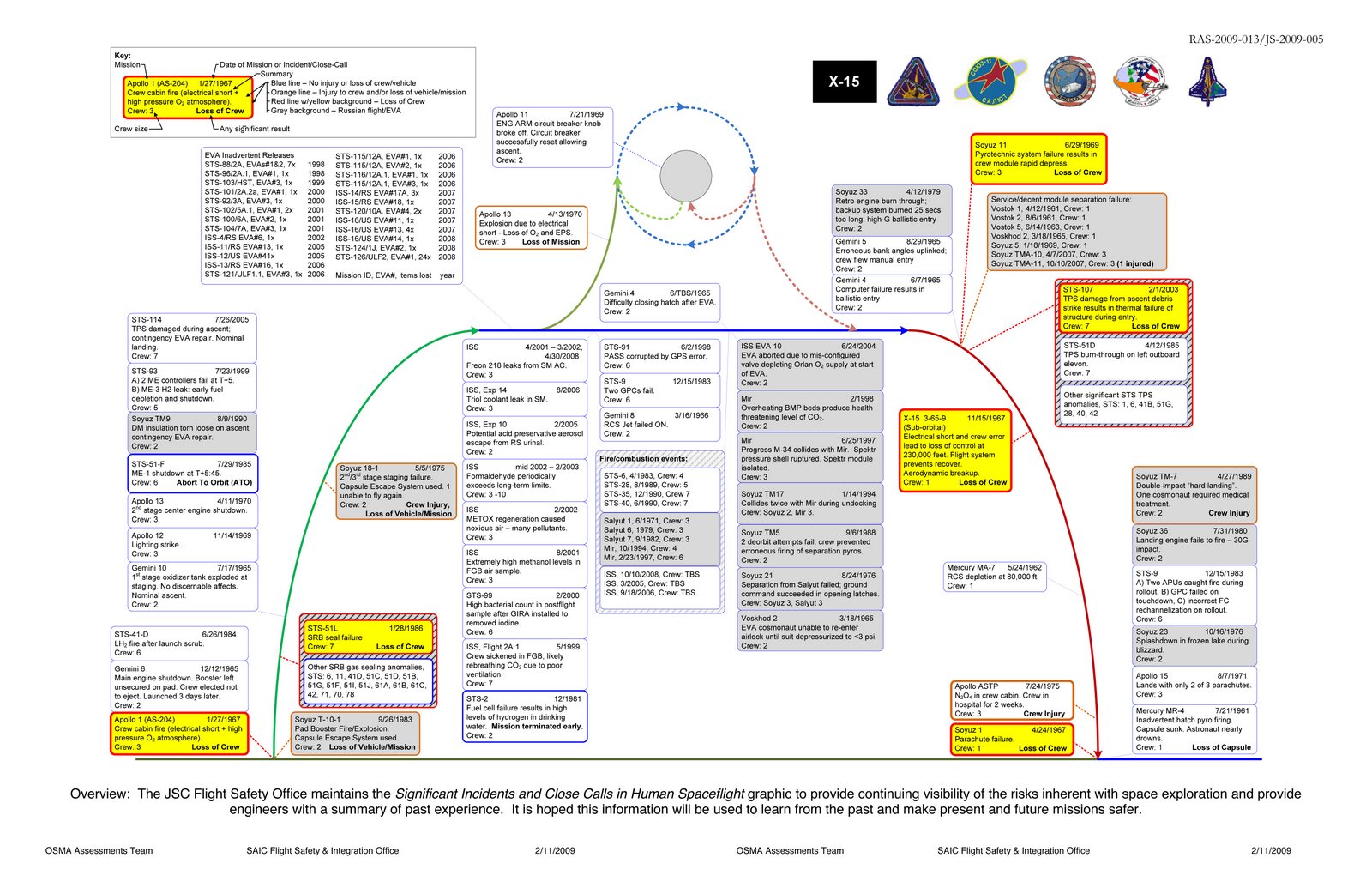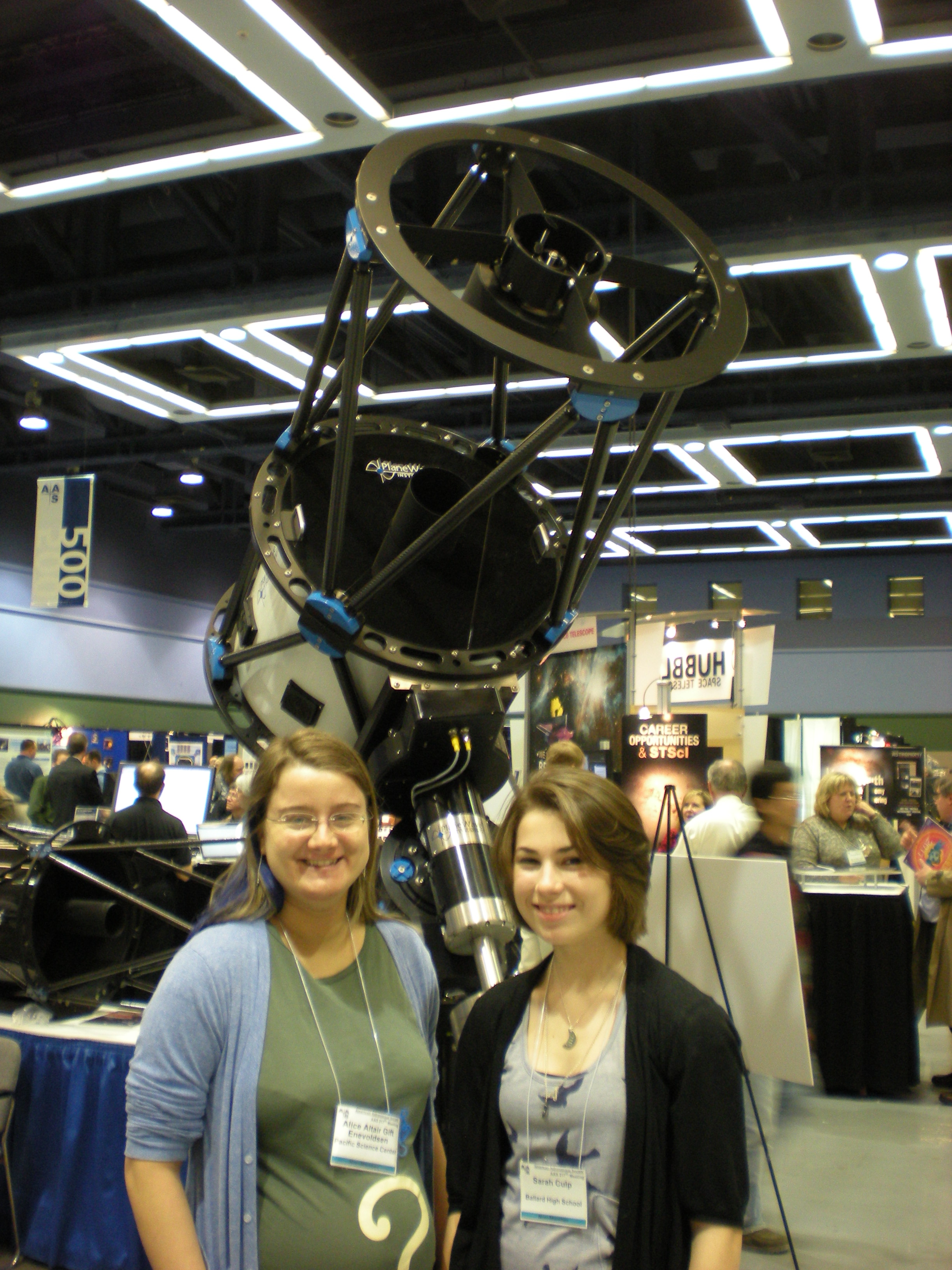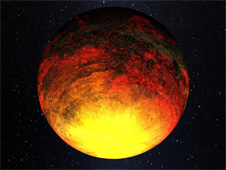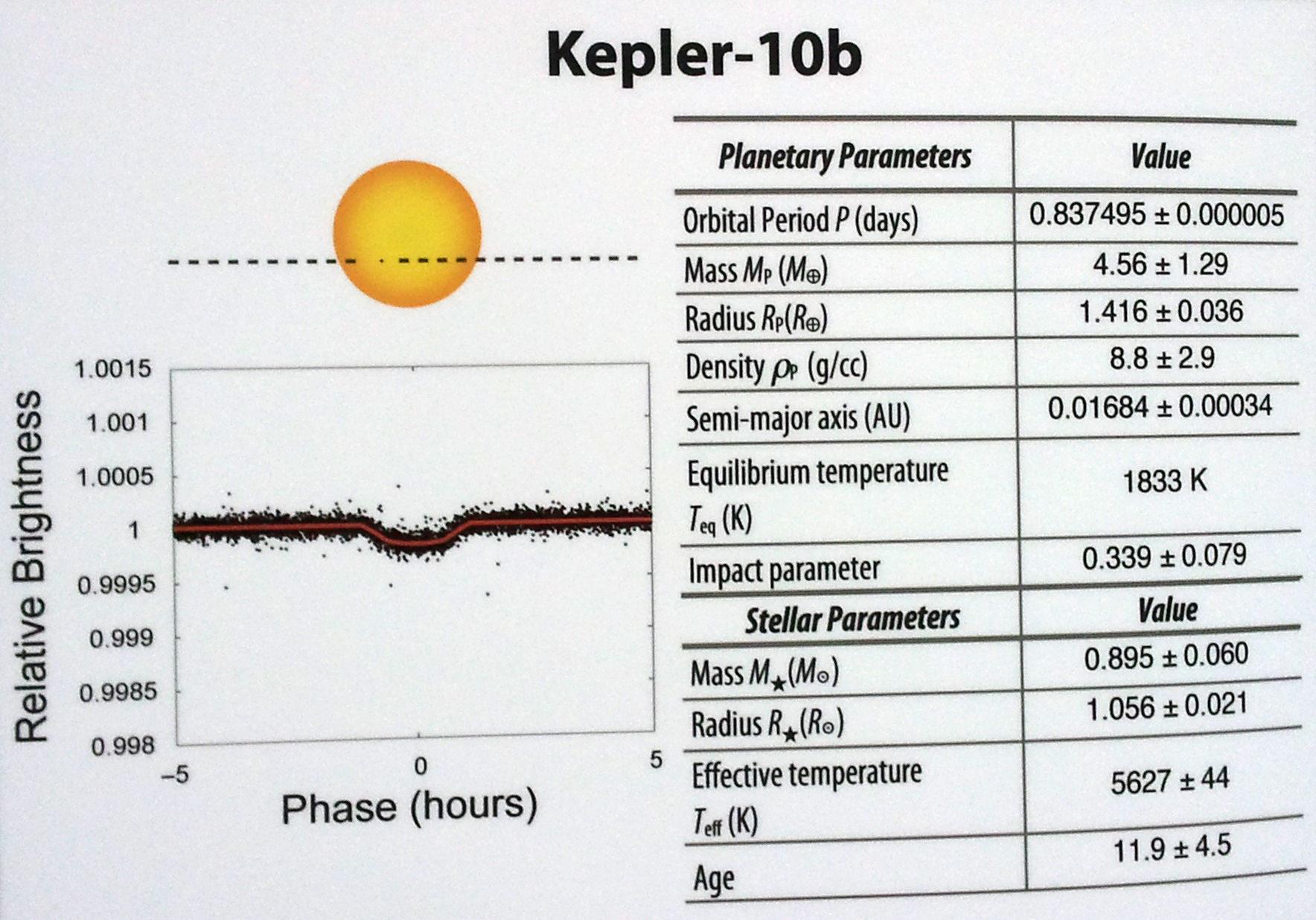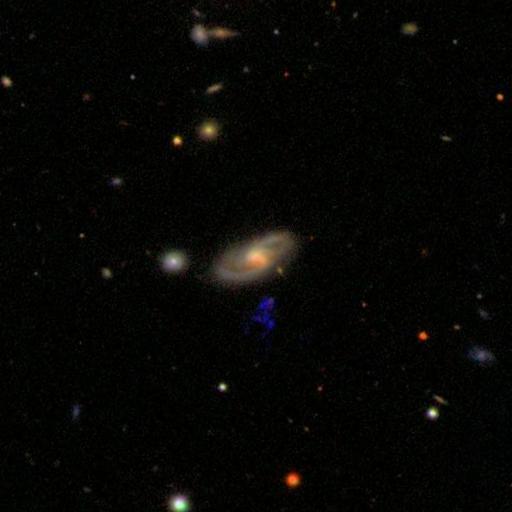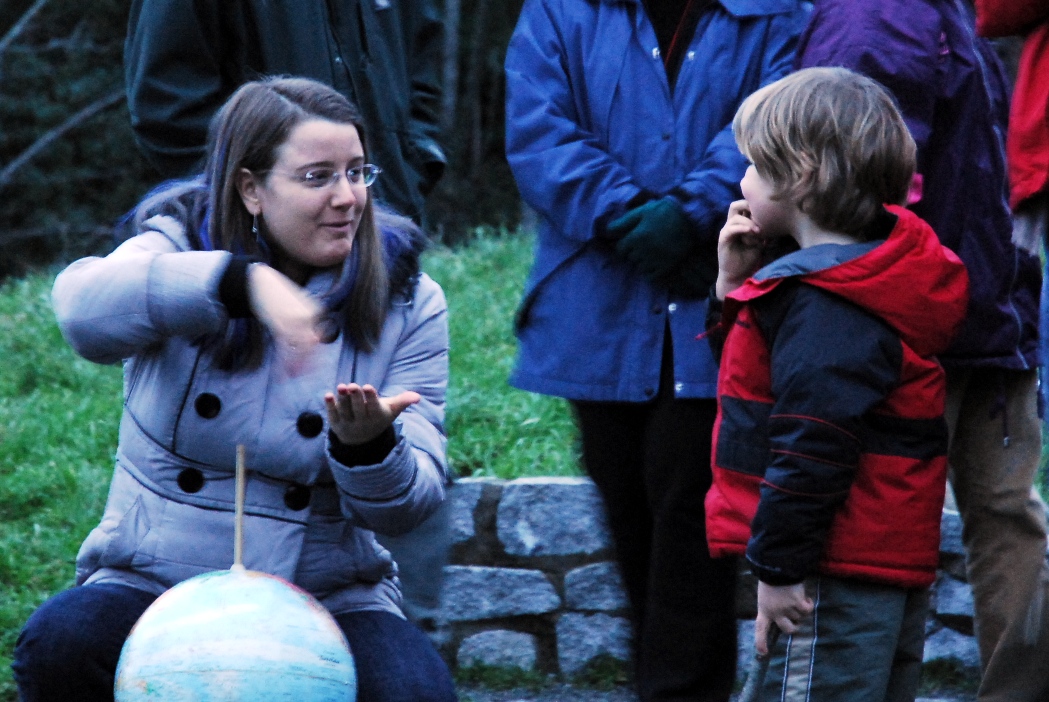Archive for the ‘AstroInfo Article’ Category
 Spring Equinox Sunset Watch – 2011
Spring Equinox Sunset Watch – 2011
Yup! It’s that time again. Time for the quarter-annual sunset watch … only this time I’ll be 8.25 months pregnant when we meet!
- When: Sunday, March 20, 2011 at 7:22pm (so come at 7:00pm)
- Where: Solstice Park – all the way up the hill from the tennis courts (or, if you’re not in Seattle, wherever you have a view of the western horizon!)
- Who: Everyone welcome, as usual.
Come watch the spring equinox sunset at Solstice Park in West Seattle on Sunday the 20th. We’ll see if the sunset lines up with the placed marker. I’ll be there even if it is cloudy because sometimes the Sun peeks through just as it begins to set, but if it is driving rain or sleet I’m staying home with a cup of tea.
If you’re interested – here’s the timing of various celestial events on Saturday from Seattle, courtesy of the U.S. Naval Observatory Astronomical Applications Department:
Sun and Moon Data for One Day
The following information is provided for Seattle, King County, Washington (longitude W122.3, latitude N47.6):
Sunday 20 March 2011 Pacific Daylight Time
SUN
Begin civil twilight 6:42 a.m.
Sunrise 7:13 a.m.
Sun transit 1:17 p.m.
Sunset 7:22 p.m.
End civil twilight 7:53 p.m.MOON
Moonrise 7:57 p.m. on preceding day
Moon transit 1:41 a.m.
Moonset 7:12 a.m.
Moonrise 9:21 p.m.
Moonset 7:41 a.m. on following dayPhase of the Moon on 20 March: waning gibbous with 98% of the Moon’s visible disk illuminated.
Full Moon on 19 March 2011 at 11:11 a.m. Pacific Daylight Time.
This event is my part of the NASA’s Solar System Ambassadors program, and thanks to West Seattle Blog for publicizing the last few!
Everyone is welcome, see you there!
![]()
~ A l i c e !
 Valentines: Stardust-NExT and Tempel 1
Valentines: Stardust-NExT and Tempel 1
Late last night NASA’s probe Stardust-NExT had a close encounter with Comet Tempel 1, and took 70-some-odd pictures as it went by. Due to bandwidth as well as the limited speed of light, the images arrived at Earth around 12:45am Pacific Time – and then had to go through basic processing by the Science team.
There will be more, better, prettier images later on this morning. I’ll add to this post sometime after I wake up in the Seattle morning to make sure you see those. Meanwhile here is where they reside.
Although there are many things to observe at Comet Tempel 1, the part I am most interested in is the before-and-after of the comet’s trip around the Sun. We already have some data of before and after the Deep Impact crash, but what changes about a comet when it passes close to our favorite star? Deep Impact’s observations are as Tempel 1 approaches the Sun, and Stardust-NExT saw it on the other side, after it passed by.We know comets lose a good amount of material – so what will we see when the pictures come back? How different will Tempel 1 look?
Remember When?
Tempel 1 – Deep Impact
Back in July 2005 NASA’s mission Deep Impact sent an impacting probe to crash into Comet Tempel 1. According to JPL’s recent news release summing up the mission:
Scientists were surprised the cloud was composed of a fine, powdery material, not the expected water, ice, and dirt. The spacecraft did find the first evidence of surface ice on the surface of a comet instead of just inside a comet.
Stardust and Stardust NExT
Stardust was masterminded by one of our own local astronomy celebrities here in Seattle, Dr. Don Brownlee. Don’s a good speaker especially about Stardust, so if you have a chance to hear a lecture by him I’d go to it.
Stardust’s original mission was to collect particles from a the tail of Comet Wild 2 in what was effectively a tennis racket filled with aerogel. They did this in January of 2004. On the second side of the tennis racket collector it gathered a few particles of interstellar dust.
From a press release in 2007 about the findings in the comet tail particles:
They do contain some stardust grains from other stars but the majority of solids are solar system materials that appear to have formed over a very broad range of solar distances and perhaps over an extended time range. Comet Wild 2 is a collection of materials that probably came from all regions of the young solar system and thus it has turned out to be wonderful “time capsule”.
Comet Comparisons
Go check out Emily’s post – she made this picture.
Want More?
Press Release from Stardust-NExT about the encounter with Tempel 1
Stardust Heart-Shaped Particle
![]()
~ A l i c e !
 Depressing Historic Events in the Space Program
Depressing Historic Events in the Space Program
This is a week of sad anniversaries.
- 1/27/1967 – Apollo 1 lost (Crew of 3 – Gus Grissom, Ed White, Roger Chaffee)
- 1/28/1986 – Challenger lost (Crew of 7 – Dick Scobee, Michael Smith, Judith Resnik, Ron McNair, Ellison Onizuka, Gregory Jarvis, Christa McAuliffe). Reagan postponed his State of the Union address in 1986 to speak in memory of the crew, dubbed the “Challenger 7.”
- 2/1/2003 – Columbia lost (Crew of 7 – Rick Husband, William McCool, Michael Anderson, David Brown, Kalpana Chawla, Laurel Blair Salton Clark, Ilan Ramon). A range of hills on Mars near Gusev Crater is named after the crew, and was later explored by the rover Spirit.
- The other three space missions which ended in loss of life were in April 1967 (Soyuz 1 – Vladimir Komarov), June 1969 (Soyuz 11 – Viktor Patsayev, Georgi Dobrovolsky, and Vladislav Volkov), and November 1967 (the X-15 – Michael Adams).
Diagram of “Significant Incidents”
I know this diagram is complex, but start with the bright yellow boxes – and go from there, although depressing there’s quite a lot if intriguing information packed in here.
I visited the Astronaut Memorial at Kennedy Space Center two years ago, and I hope they never have to add another name to it.
Want More?
If the links to the image don’t work – use this one. Or the source.
![]()
~ A l i c e !
 Visiting AAS – An Intern’s View
Visiting AAS – An Intern’s View
Earlier this January I was able to take Pacific Science Center’s Discovery Corps Planetarium Intern, Sarah, to the American Astronomical Society meeting here in Seattle when she got out of school for the day. We had a grand time, and a big thank you is owed to AAS for granting Sarah admission despite her status as a high school student.
Here’s what Sarah has to say about the experience:
Going to the AAS meetings with Alice was, in many ways, mind-boggling. The attitude that I felt when walking into various sessions and poster room was awesome! It was that I was walking into a room filled with people of related interests to my own. This vibe the meetings held was probably the same reason why the experience was so very overwhelming.
I took over five pages of notes during the sessions; this is only impressive considering that I understood about 35% of what was being presented. What I realized later, when I was home and taking out of context of the meeting, was what ultimately affected me the most. It was that I, along with the other participants in this meeting, was so enthralled in the information. We could care less what other things were going on around us. To be so utterly drenched in what we were learning was fantastic! Besides the massive amount of people attending and the quantity of information there was, it was the fact that for the first time I was walking into a room full of people understood more about astronomy then I did. I know it may sound a bit big headed but besides the occasional science teacher or supervisor here at PSC, for example Alice, I have always been the go to girl when it came to astronomy.
This past year, I have been giving most of my other interests a back seat and began really getting immersed in the world of astronomy. Becoming the Planetarium Intern and a lead investigator for my Astrobiology club, my dream of working within the realm of astronomy was becoming a reality. Attending the American Astronomical Society meeting was an experience that was utterly thrilling and I believe I will treasure it for a long time to come.
Want More?
![]()
~ A l i c e !
 Caving in to Peer Pressure: Astrology
Caving in to Peer Pressure: Astrology
I wanted to ignore this because it is not new, and not news. Enough people have asked that it is time to weigh in. I REALLY wanted to ignore this.
Astrology is Not Science
Keep your sign. Change your sign. It’s your decision, not science.
I expect voicing this opinion and linking to this article will get me dismissed as lunatic and a scab by all the other astronomers out there, but I’d like to point out I am NOT supporting astrology. I agree with paragraphs 1-5 of the linked article, and ignore paragraphs 6-10 as the usual non-science stuff to which I can’t give merit. This is the key section:
“Back to basics. Astrology works off a mathematically exact zodiac marked out from Zero Point Aries which is a line through the centre of the earth. That zodiac circle divided into twelve equal segments is named after twelve of the eighty eight constellations in the heavens which are roughly in a circle.
“If you think of the astrological zodiac as a map grid reference it helps. Constellations vary enormously in size and distance from the earth so would hardly be useful for accurate predictions.”
-Astrology.com
Astronomy is the science that sprang from the belief system of astrology many, many years ago. Since that time, astrology and astronomy have evolved along separate tracks. Current astronomy has no bearing on current astrology and vice versa, though they share a common ancestor. Just like I’m not going to tell you not to believe in whichever god you prefer, I’m not going to tell you not to believe astrology. I’m just going to say it isn’t science. Neither is the god thing.
So, if you want to know which sign will predict your personality, I can’t help you. That’s their territory, and they’ll say the same sign they’ve always said. You can keep your “sign.”
If you want to know which constellation the Sun is in on the day of your birth, that I can tell you, and it likely is off by about one from the one astrologers give you. It will have no bearing on your personality though.
In short you can keep your sign or change it. You can pick a different constellation entirely if you want. This is a personal decision, with no scientific merit any way you do it.
Some Good Articles
Why are we talking about this now? It seems to have gone viral. Like I said, not news, but an article hit the internet at the right time in the right place, just like rick-rolling and every other meme ever, and now everyone is talking.
Bad Astronomy – Astrological Sign of the Times
Thanks to my friend R.T. for sending me the astrology.com link.
![]()
~ A l i c e !
 Kepler 10b
Kepler 10b
This newly-discovered planet whips round its star in less than an Earth day. Scientists used starquakes (starquakes!) to find out a little more about it, and they found that not only is it tiny, but it is also made of rock, just like our inner solar system.
It is a hot-lava planet.
A Confirmed Rocky Planet
I should mention that this planet is not Earth-like. Over the past couple years I’ve been hearing the phrase “most Earth-like planet ever discovered” bandied about by various news organizations, including some science press releases.
There’s a lot that goes into making a planet Earth-like.
- Size: In the case of Kepler 10b, it is very small, less than half again the size of the Earth. There is nothing in our solar system nearer to this size than the Earth itself.
- Composition: It is also definitely made of rock and metal, like the Earth, but it is denser than the Earth.
- Distance: But, it’s incredibly close to its star, unimaginably closer than Mercury. It takes LESS THAN A DAY to circle its Sun once.
- Temperature: This, paired with the fact that the planet is tidally locked (like our Moon is tidally locked to the Earth – same side always faces the Earth), leads to possibly the hottest planet you’ve ever tried to think about. It is hot enough to melt iron. Not lead, iron. It’s about 1833K (1560C, 2800F).
- Habitable Zone: Kepler 10b is not in the habitable zone. Interestingly, the habitable zone does not imply that the planet is habitable, simply that it could have liquid water – if it had water at all. Kepler 10b’s water would have evaporated faster than you can say “habitable zone” if it ever did have water.
- … and that’s just a few.
Some Stats
Want More?
![]()
~ A l i c e !
 Thunderstorms and Gamma Ray Flashes?!
Thunderstorms and Gamma Ray Flashes?!
By far the thing that made me double-take today was what sounded like an off-hand comment from invited speaker Dr. Julie E. McEnery. She listed out the types of gamma ray events that Fermi (a satellite observatory) was detecting, and on that list was thunderstorms. On Earth.
?!
Luckily she went on in more detail, but I was left with the feeling that I had missed something back in Astro 179. Why did I have the impression that gamma rays from thunderstorms was NEWS?
Background
Fermi
Fermi is a space telescope, designed to view the universe at high-energy wavelengths – gamma rays, x-rays and the like. Fermi was originally called GLAST, if you remember learning about it at the beginning of its mission.
Gamma Ray Bursts
Gamma rays are a type of light, a much higher-energy type of light than visible light – like ultraviolet only more “ultra.” Gamma Ray Bursts (or GRBs) are exactly what they sound like: bursts or flashes of gamma ray light. For a good while there after they were first discovered they were one of the great unsolved mysteries of the universe.
A lot of the mystery was because GRBs were so fast, we couldn’t turn our telescopes to focus on them before they were mostly over. Although many mysteries about GRBs remain, there are two basic known causes: merging neutron stars, and supernovae of extremely massive stars. It is also widely accepted that GRBs take place in extremely distant galaxies, not nearby.
New Discovery
Thunderstorms and TGFs
Gamma-rays produced on Earth, or “Terrestrial Gamma-ray Flashes” (TGFs), are a phenomenon currently being studied (and I thought this was new news, oops!). According to NASA’s press release, about 500 TGFs occur every day, but we don’t detect most of them. TGFs are usually associated with lightning.
Under the right conditions, [scientists] say, the field becomes strong enough that it drives an upward avalanche of electrons. Reaching speeds nearly as fast as light, the high-energy electrons give off gamma rays when they’re deflected by air molecules. Normally, these gamma rays are detected as a TGF.
-NASA Press Release
So, Fermi makes it possible to study these gamma-ray flashes within thunderstorms. And Fermi has detected over 130 TGFs. Who knew?
The Plot Thickens – Antimatter
If the gamma-ray flashes in thunderstorms aren’t the news – what is? Well, in addition to the detection of the gamma-rays, Fermi detected a beam of antimatter particles being shot out the top of the thunderstorm – positrons, to be specific.
When the “avalanche” of electrons is driven upwards creating gamma rays, it also starts off a cascade effect where some of the gamma rays transform into a pair of particles: an electron and a positron. These pairs of particles are blasted out of the atmosphere by the sheer amount of energy going on in these reactions. This “beam” of matter and antimatter (electrons and positrons) was detected by Fermi.

Thunderstorms Making Antimatter Credit: NASA's Goddard Space Flight Center/J. Dwyer, Florida Inst. of Technology
How’s that for dinner table conversation? “Did you know that thunderstorms make antimatter?” There’s even more to this story, but this article is dense enough for today. I’ll refer you to the links below to hear Chapter 2.
Want More?
Fermi News Story: Thunderstorms
Some Pretty Video Visualizations
![]()
~ A l i c e !
 Hanny’s Voorwerp – now in HST!
Hanny’s Voorwerp – now in HST!
In the vein of astronomical objects discovered by amateurs, I’ve got to mention the newly released Hubble image of Hanny’s Voorwerp.
I’ll tell you the story, but first a couple important links:
- Galaxy Zoo (where the Voorwerp was discovered, and you can make discoveries of your own)
- Hanny’s Voorwerp in Hanny’s words
- The comic book (yes, there is now a comic book), Hanny and the Mystery of the Voorwerp
The Story
Once upon a time in 2007, Hanny von Arkel, a Dutch schoolteacher, logged into Galaxy Zoo to help scientists classify some galaxies. She hadn’t been at it very long when she found the picture at left.
She was not the first person asked to classify this galaxy, and not the first person to notice the blue tangled smudge. But she asked what it was – and no one knew the answer.
Another site user suggested calling it Voorwerp – “Object” in Dutch. And thus, Hanny’s Voorwerp was discovered.
In Short
Hanny’s Voorwerp is a light echo. There is a long streamer of gas in and beyond the area of the Voorwerp. When light from a nearby active galaxy hit the gas, it lit up. That’s what we’re seeing now, illuminated gasses.
Hubbly has discovered some new things in the Voorwerp. Notice the orange tip? That’s a collection of previously-unseen star clusters.
The dark “hole” in the Voorwerp is possibly just a shadow cast by something much closer to the galaxy, not a feature of the Voorwerp.
It is located in Leo Minor – R.A. 09h 41m 03s.80, Dec. +34° 43′ 34″.21
In Detail
Light Echoes –
Light echoes are awesome, and if you check back this evening, I should have a little animation.

Animated Explanation of a Light Echo - Distances/Sizes/Time NOT to scale, and this is an explanation of a light echo, not necessarily exactly the scenario for the Voorwerp. Animation by me.
Light, albeit the fastest traveler in the universe, takes a while to get between places. The light left the galaxy on its way to the Voorwerp, and while it was still in transit, the source “turned off.” That’s fine, and didn’t affect the light that was already in transit. As soon as that light reaches the Voorwerp it lights it up or excites the gas in the Voorwerp. So the Voorwerp starts emitting light too. A little later, on Earth (probably before people were observing the sky), the original light from the galaxy arrives, and we can see the galaxy (but not the Voorwerp). The light from the Voorwerp is still travelling towards up. At this point, there is no longer any light lighting up or exciting the Voorwerp, so it to goes dim. A bit later the light from the Voorwerp finally reaches Earth, long after we have observed the galaxy dimming to normal levels, leaving us with a picture of an illuminated Voorwerp, and no apparent source of illumination.
V838 Mon is another example of a light echo.
Want More?
![]()
~ A l i c e !
 Storm on Saturn – with a Tail
Storm on Saturn – with a Tail
There is a gigantic beautiful storm on Saturn, noticeable through amateur telescopes, but even more spectacular through Cassini’s instruments.
Quickies:
- It’s new – discovered in early December 2010.
- It’s changing a lot from picture to picture
- It’s comparably sized to the Great Red Spot on Jupiter
- It is an atmospheric storm
- It was discovered by amateurs
- You can see Saturn early in the morning right now.
Discovery and Info
There’s not that much to be said for this storm at the moment, though it is so cool I’m surprised to find so few articles about it. It was discovered by amateurs, and Cassini just happened to be in the right place to take a picture on December 24 (2010). That doesn’t leave time for analysis, what with holiday breaks, and the American Astronomical Society Conference starting today in Seattle.
Dr. Carolyn Porco of the Cassini imaging team did mention that Saturn has quite the exciting atmosphere, just as Jupiter does, but we see less of the excitement due to Saturn’s haze. (Well, she said “complex” and I said “exciting.”)
At this point it is reasonable to compare this storm to others in the Solar System – hurricanes on Earth, Jupiter’s Great Red Spot, and the storm on Neptune. I can’t say which ones are actually related types of storms, but they’re definitely all atmospheric events for their respective planets. Gases have this habit of not staying in one place, they get stirred up, mixed up, blown around. They rise and sink, move as large masses, or blend into the surrounding materials.
The storm is still developing – and to help you get a handle on visualizing how big this storm on Saturn is, I cobbled together a terrible-looking scaled image of Jupiter and Saturn, including Jupiter’s Red Spot and Saturn’s new storm. This is generally to scale, I did measure rather than just eyeballing, but I didn’t have the computer scale it for me or anything that sophisticated. Sorry, I know it is ugly, but I thought it would be useful.
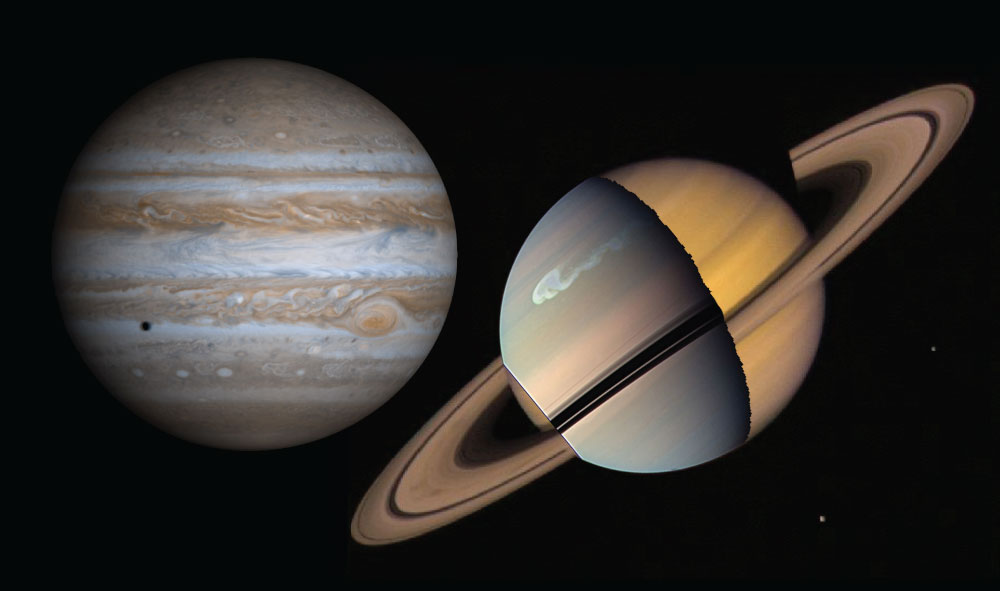
Ugly Scaled Jupiter and Saturn and their Storms - Distance NOT to scale - Images from Cassini and Voyager, compositing by Alice Enevoldsen
As you can see, the storms are comparably sized, with Saturn’s being a little smaller and longer.
Tie It In
Both Jupiter and Saturn are easily visible in tonight’s sky – Jupiter after sunset, high in the West, and Saturn a bit before sunrise, midway up in the East. So, depending on if you’re an early riser or a night owl (who stays up past 5pm here in the winter …) – you can see at least one of the gas giants tonight. Yes, even from Seattle! Take your chances when there’s a little gap in the clouds and look!
Want More?
Sky and Telescope – December 27, 2010
Wired – December 27, 2010
Universe Today – December 27, 2010
![]()
~ A l i c e !
 Sunset Watch a Success!
Sunset Watch a Success!
You may or may not agree with me, since we saw neither Sun nor sunset, but I had a good time and it seems that everyone in attendance did too.
Coverage of Event
A surprising number of other folks reported on this event as well. For more pictures and description, visit them!
Seattle Times: Jack Broom’s article on the Weather Beat (great pictures!)
West Seattle Blog: Christopher Boffoli covered the solstice-welcoming event just before the sunset watch.
West Seattle Herald: Ty Swenson captured the event with a slide show
I think it’s great that a small community event (generated by solar-system scale alignment) attracted so much attention. I look forward to seeing even more people next time on March 20, 2011.
![]()
~ A l i c e !
